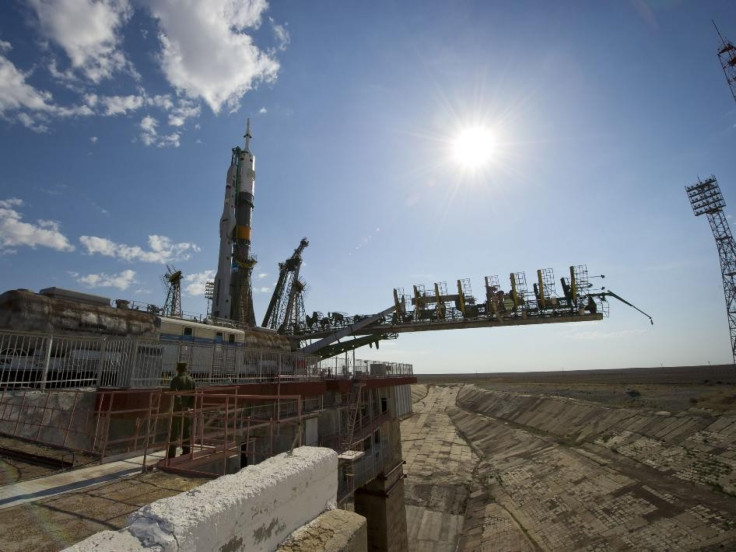Astronauts to grow cucumbers, tomatoes in space

A Soyuz spacecraft blasted off for the International Space Station on Wednesday with a Russian, American and a Japanese astronaut on board.
The Russian craft is to deliver cosmonaut Sergei Volkov, Japan's Satoshi Furukawa and 53-year-old NASA astronaut Michael Fossum to the orbital station after a two-day voyage up from the Kazakh steppe, a Reuters report said.
The Soyuz TMA-02M lifted off from the Baikonur Cosmodrome on schedule at 2:12 a.m. on Wednesday (2000 GMT on Tuesday).
Officials at Russian Mission Control outside Moscow congratulated the crew over the scratchy radio when the craft shed its rocket stages and safely reached orbit minutes later.
We're feeling good, Volkov reported back to Earth as the ship ascended, a small toy pig named Nyusha that his son gave him as a mascot dangling above the crewmen crouched in their white spacesuits. Everything is in order on board the report said.
It is the first time that Furukawa, 47, was in orbit, while Volkov, 38, is following the footsteps of his father Alexander, who spent more than a year in space under the flag of the Soviet Union.
Furukawa said he would be growing cucumbers as part of ongoing studies on how future space explorers will be able to harvest their own food, a Xinhua report said.
The trio is supposed to spend six months on the station, a stint that will include the docking of the U.S. space shuttle Atlantis, which is to launch on July 8 on NASA's last planned shuttle mission before the fleet is retired.
Volkov, Furukawa and Fossum will be greeted upon arrival which is scheduled for 2022 GMT on Thursday, by NASA astronaut Ron Garan and Russians Andrey Borisenko and Alexander Samokutyayev. They have been aboard the station since April.
Volkov is to blog on the Russian space agency website from the station.
At a time when Europe is worried about a deadly E.coli outbreak blamed on raw vegetables, Volkov is to try growing cucumbers on the space station and Furukawa tomatoes, they said at a pre-launch news conference, joking that they might make a salad.
The station, a $100 billion project of 16 nations, has been under construction about 220 miles (350 km) above the earth since 1998. A football field-sized mix of mostly Russian and American-built modules, it can accommodate a crew of six.
But rides there are going to be harder to catch, and only Russia will be able to provide them.
With NASA mothballing its shuttle fleet, it will be at least four years before its astronauts can fly out of the United States again. Until new ships are ready, Russia will ferry crew to the station at a cost of more than $50 million per person, the report said.
© Copyright IBTimes 2024. All rights reserved.





















